C. Elevator
time limit per test
3 seconds
memory limit per test
256 megabytes
input
standard input
output
standard output
You work in a big office. It is a 9 floor building with an elevator that can accommodate up to 4 people. It is your responsibility to manage this elevator.
Today you are late, so there are queues on some floors already. For each person you know the floor where he currently is and the floor he wants to reach. Also, you know the order in which people came to the elevator.
According to the company's rules, if an employee comes to the elevator earlier than another one, he has to enter the elevator earlier too (even if these employees stay on different floors). Note that the employees are allowed to leave the elevator in arbitrary order.
The elevator has two commands:
- Go up or down one floor. The movement takes 1 second.
- Open the doors on the current floor. During this operation all the employees who have reached their destination get out of the elevator. Then all the employees on the floor get in the elevator in the order they are queued up while it doesn't contradict the company's rules and there is enough space in the elevator. Each employee spends 1 second to get inside and outside the elevator.
Initially the elevator is empty and is located on the floor 1.
You are interested what is the minimum possible time you need to spend to deliver all the employees to their destination. It is not necessary to return the elevator to the floor 1.
Input
The first line contains an integer n (1 ≤ n ≤ 2000) — the number of employees.
The i-th of the next n lines contains two integers ai and bi (1 ≤ ai, bi ≤ 9, ai ≠ bi) — the floor on which an employee initially is, and the floor he wants to reach.
The employees are given in the order they came to the elevator.
Output
Print a single integer — the minimal possible time in seconds.
Examples
input
Copy
2
3 5
5 3
output
Copy
10input
Copy
2
5 3
3 5
output
Copy
12Note
Explaination for the first sample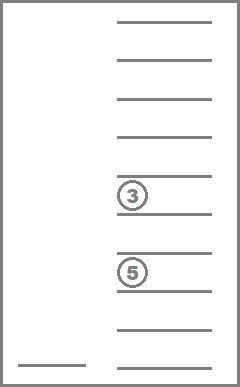 t = 0
t = 0
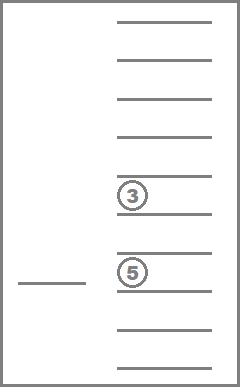 t = 2
t = 2
 t = 3
t = 3
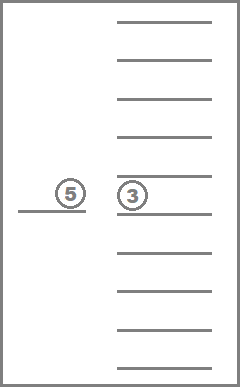 t = 5
t = 5
 t = 6
t = 6
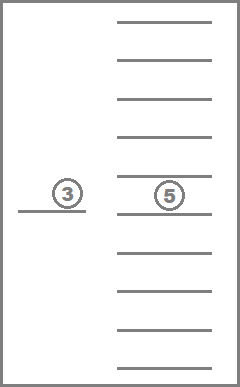 t = 7
t = 7
 t = 9
t = 9
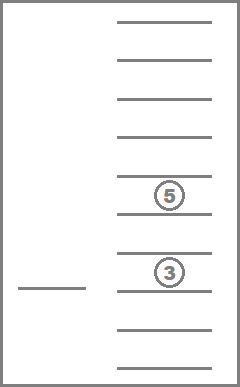 t = 10
t = 10
不会写,看了杜教的提交,学到了。如果空间允许,存2000*10*10*10*10*10表示已经上过电梯的人,当前所在位置,第一个人目的地,第二个人目的地,第三个人目的地,第四个人目的地当然很好,但是会爆内存。可以发现如果此时电梯人满了(已经有四个人了),那么这四个人之中一定存在上一个刚上电梯的人,就可以通过第一个参数找到该人的目的地来省一些空间。
#include <cstdio>
#include <stdio.h>
#include <string.h>
#include <algorithm>
#include <vector>
using namespace std;
const int max_n=4*(1e7)+220000;
unsigned int qq[max_n];
unsigned short int ti[max_n];
int sta,n,ret;
int p[2010],q[2010];
//已经上过电梯的人,当前所在位置,第一个人目的地,第二个人目的地,第三个人目的地,第四个人目的地存在否,上一状态时间
void update(int cur,int el,int p1,int p2,int p3,int p4,int tt)
{
vector <int> vc;
if(p1&&p1!=el) vc.push_back(p1);
if(p2&&p2!=el) vc.push_back(p2);
if(p3&&p3!=el) vc.push_back(p3);
if(p4&&p4!=el) vc.push_back(p4);
for(int i=cur;i<n&&vc.size()<4;i++)
{
if(p[i]==el) vc.push_back(q[i]),cur=i+1;
else break;
}
p1=p2=p3=p4=0;
if(!vc.empty()&&vc.back()==q[cur-1]) p4=1,vc.pop_back();
if(!vc.empty()) p3=vc.back(),vc.pop_back();
if(!vc.empty()) p2=vc.back(),vc.pop_back();
if(!vc.empty()) p1=vc.back(),vc.pop_back();
int ans=cur*20000+el*2000+p1*200+p2*20+p3*2+p4;
if(tt+1<ti[ans]) qq[sta++]=ans,ti[ans]=tt+1;//printf("%d %d %d %d %d %d %d\n",cur,el,p1,p2,p3,p4,tt);
if(cur==n&&p1==0&&p2==0&&p3==0&&p4==0) ret=min(ret,tt+1);
}
int main()
{
while(scanf("%d",&n)!=EOF)
{
for(int i=0;i<n;i++) scanf("%d%d",&p[i],&q[i]);
sta=0;ret=0x3f3f3f3f;
memset(ti,0x3f,sizeof(ti));
update(0,1,0,0,0,0,-1);
for(int j=0;j<sta;j++)
{
int i=qq[j]/20000,el=qq[j]/2000%10,p1=qq[j]/200%10,p2=qq[j]/20%10,p3=qq[j]/2%10,p4=qq[j]%2;
if(p4) p4=q[i-1];
if(el+1<=9) update(i,el+1,p1,p2,p3,p4,ti[qq[j]]);
if(el-1>=1) update(i,el-1,p1,p2,p3,p4,ti[qq[j]]);
}
printf("%d\n",ret+2*n);
}
}





















 580
580

 被折叠的 条评论
为什么被折叠?
被折叠的 条评论
为什么被折叠?








